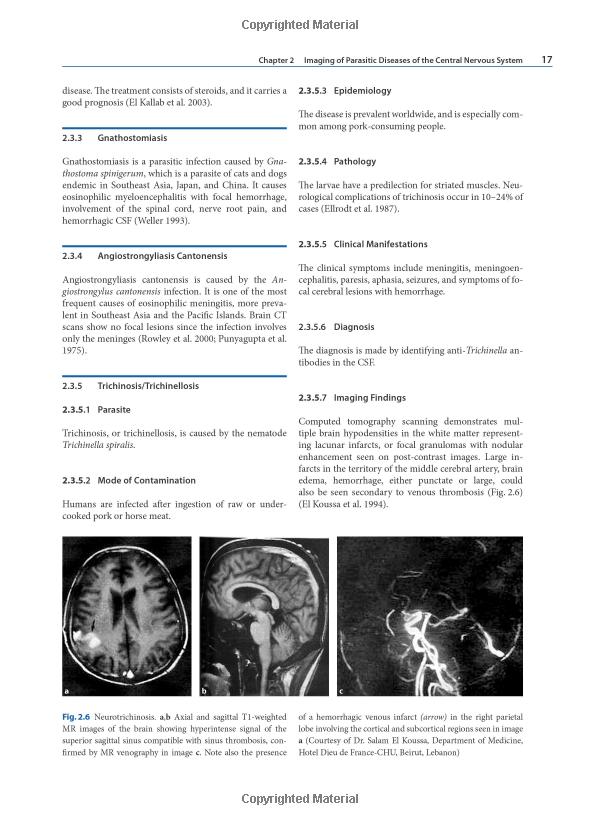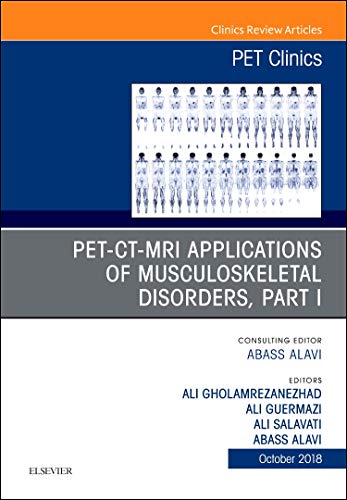Unlocking the Secrets of Disease Diagnosis with PET and SPECT Imaging: A Comprehensive Guide to Advanced Medical Imaging Techniques
Guide or Summary:Understanding PET and SPECT ImagingApplications of PET and SPECT ImagingThe Future of Medical Imaging#### Description:In the ever-evolving……
Guide or Summary:
- Understanding PET and SPECT Imaging
- Applications of PET and SPECT Imaging
- The Future of Medical Imaging
#### Description:
In the ever-evolving field of medical diagnostics, PET and SPECT imaging have emerged as pivotal technologies that offer unparalleled insights into the human body. These imaging modalities are essential for understanding various diseases, particularly in oncology, cardiology, and neurology. In this comprehensive guide, we will delve into the intricacies of PET and SPECT imaging, exploring their principles, applications, and the future of medical diagnostics.
Understanding PET and SPECT Imaging
Positron Emission Tomography (PET) and Single Photon Emission Computed Tomography (SPECT) are both nuclear imaging techniques that allow clinicians to visualize metabolic processes in the body. While both modalities serve similar purposes, they operate on different principles and have unique advantages.
PET imaging involves the use of radioactive tracers that emit positrons. When these positrons encounter electrons in the body, they annihilate each other, producing gamma rays that are detected by the PET scanner. This technique is particularly useful for identifying cancerous tissues, as malignant cells often exhibit higher metabolic activity than normal cells.
On the other hand, SPECT imaging employs gamma-emitting radioisotopes. Unlike PET, which requires the use of a cyclotron to produce tracers, SPECT can utilize tracers that are more readily available. SPECT is particularly effective in assessing blood flow and function in the heart and brain, making it invaluable in cardiology and neurology.
Applications of PET and SPECT Imaging
The applications of PET and SPECT imaging are vast and varied. In oncology, these imaging techniques are instrumental in detecting tumors, determining their size, and monitoring the effectiveness of treatments. PET scans can reveal the metabolic activity of cancer cells, allowing for early detection and timely intervention.

In cardiology, SPECT imaging is widely used to evaluate myocardial perfusion. This technique helps to identify areas of the heart that may be deprived of blood flow, thus aiding in the diagnosis of coronary artery disease. PET imaging can also assess cardiac function and viability, providing critical information for treatment planning.
In neurology, PET and SPECT imaging play a crucial role in diagnosing conditions such as Alzheimer's disease, Parkinson's disease, and epilepsy. These imaging modalities help visualize brain activity and identify abnormal patterns that may indicate neurological disorders.
The Future of Medical Imaging
As technology advances, the future of PET and SPECT imaging looks promising. Innovations such as hybrid imaging systems that combine PET or SPECT with CT or MRI are enhancing diagnostic accuracy. These hybrid systems provide both functional and anatomical information, enabling a more comprehensive understanding of diseases.

Moreover, the development of new radiotracers is expanding the capabilities of PET and SPECT imaging. Researchers are exploring tracers that can target specific cellular processes, allowing for more precise imaging of various diseases. This advancement may lead to earlier diagnosis and better-targeted therapies.
In conclusion, PET and SPECT imaging are indispensable tools in modern medicine, offering critical insights into disease processes. Their ability to visualize metabolic activity and blood flow has revolutionized the way clinicians diagnose and treat a wide range of conditions. As we continue to explore the potential of these imaging techniques, the future of medical diagnostics appears brighter than ever. Embracing these advanced technologies will undoubtedly lead to improved patient outcomes and a deeper understanding of human health.